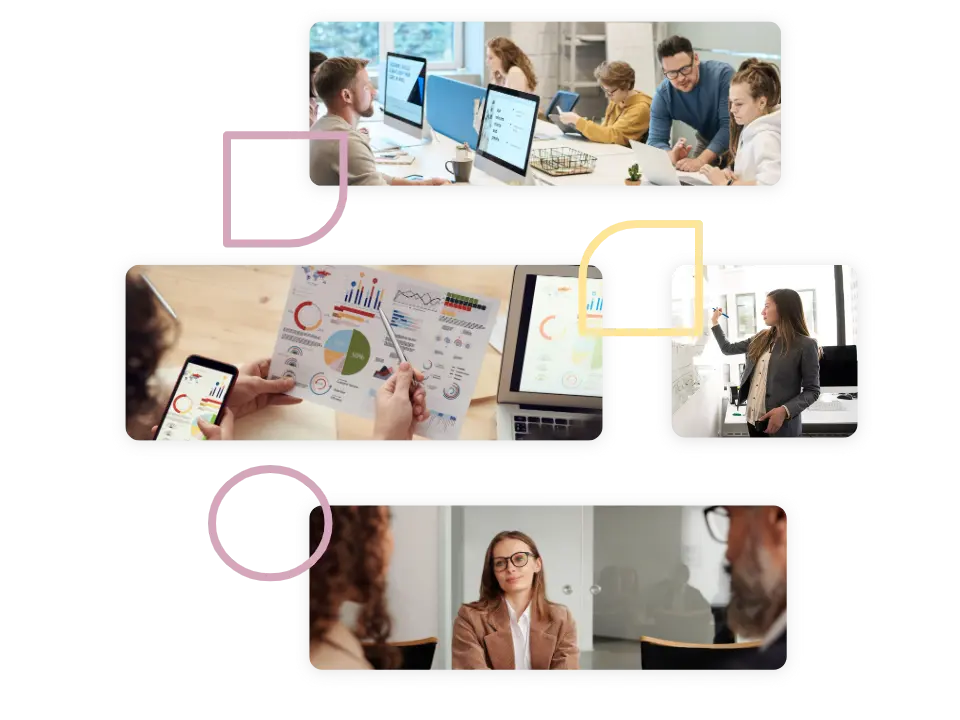Communicating Data Science Results: Tips and Tricks for Effective Data Storytelling
Data science is a fascinating field of study that can yield some incredible results. Yet, the significance of these results often gets lost due to ineffective communication. Without the right communication skills, the most insightful data analysis can go unnoticed and unused. This blog post will provide tips and tricks to bridge this gap through effective data storytelling.

Photo by ThisisEngineering RAEng on unsplash.com
Understand your audience
Before you start crafting your data story, it's essential to understand who your audience is. Ask yourself: What is their level of data literacy? What are their interests? What kind of language will resonate with them? The answers to these questions will guide how you present your data, from the complexity of the visuals you use to the terminology you choose.
Start with a clear, compelling narrative
Your data should tell a story. Like any good story, it should have a clear beginning, middle, and end. In the context of data storytelling, the beginning is your introduction of the problem or question, the middle is the presentation of your analysis and results, and the end is your conclusion or call to action. Keeping your narrative focused and clear helps the audience follow along and understand the implications of your findings.
Visualize your data
The human brain processes visual information far quicker than it does text, so a well-designed data visualization can be a highly effective way of communicating your findings. Use graphs, charts, and infographics to illustrate patterns, trends, and relationships in your data. Just ensure the visuals are not overly complex or misleading—simplicity and clarity are key.
Keep it simple and concise
When it comes to data storytelling, less is more. Overloading your audience with too much information can be counterproductive, as it can cause confusion and reduce engagement. Instead, refine your insights down to their most essential points. Make sure every piece of data you present serves a purpose in advancing your narrative.
Use everyday language
Data science is full of technical words that can be confusing to people who aren't experts. While technical terms may be necessary when communicating with other data scientists, they can be a barrier to understanding for a wider audience. Try to translate your results into everyday language. Use analogies and metaphors to explain complex concepts. Your goal should be to make your data story as accessible and engaging as possible.
Leverage the power of emotion
Data on its own is just a collection of numbers, but behind those numbers are real-life human stories. To make your data more relatable and impactful, try to connect it to the human experience. For example, if you're presenting data on climate change, you could discuss the impact on individual communities or wildlife species. This can help your audience feel a personal connection to the data, making them more likely to engage with your message and take action.
Iteration is key
Your first attempt at telling your data story may not be perfect, and that's okay. The important thing is to learn from the feedback you receive and to continually refine your narrative and presentation. Remember, the ultimate goal of data storytelling is not to impress your audience with your analytical skills, but to communicate your findings in a way that is understandable, engaging, and actionable.
Effective data storytelling is a critical skill for anyone working in data science. By focusing on the audience, crafting a clear narrative, visualizing data effectively, and making the data relatable and simple to understand, data scientists can ensure their work makes the maximum impact. With practice and patience, these skills can be honed to create powerful, compelling data stories. You can do it!
